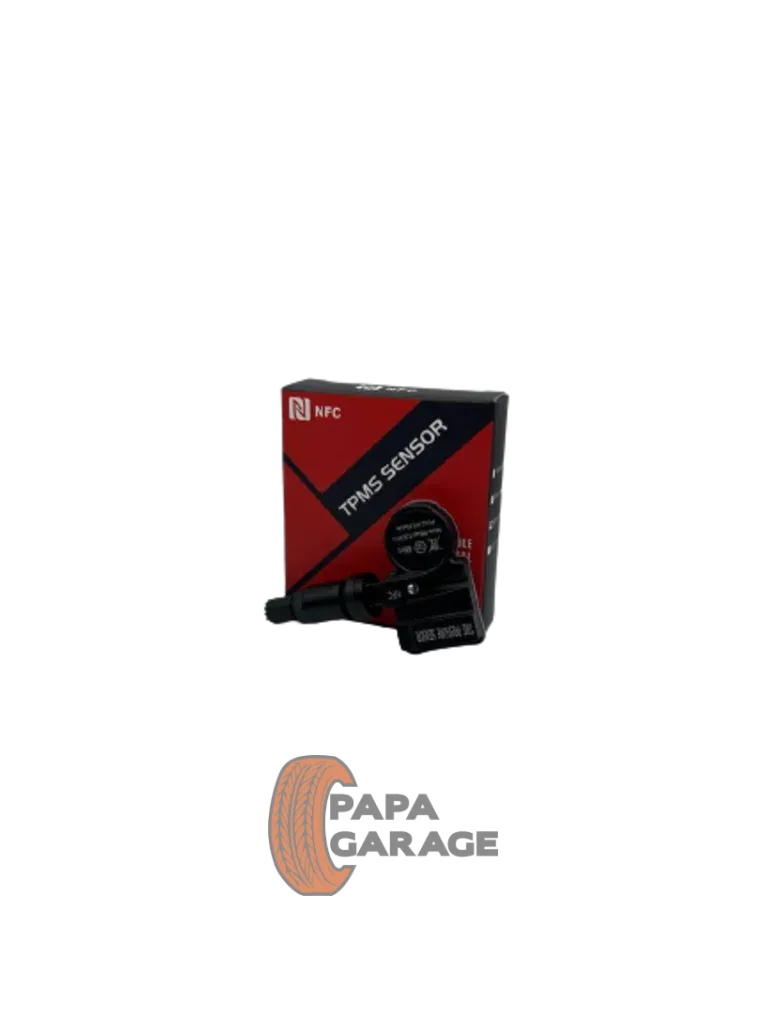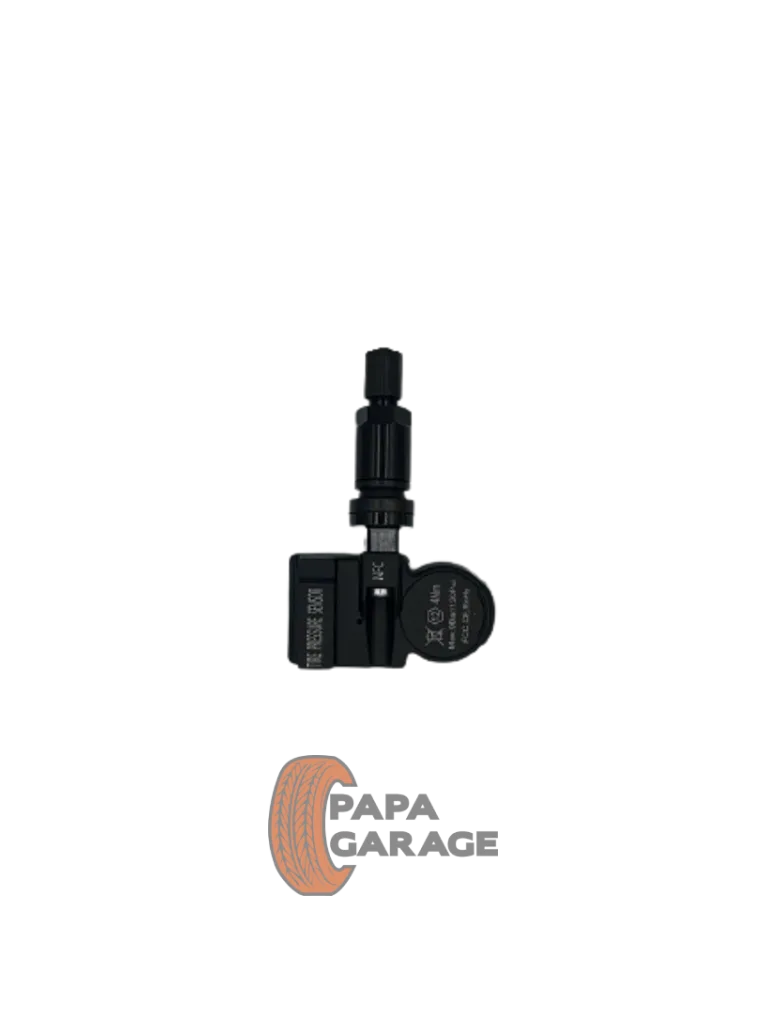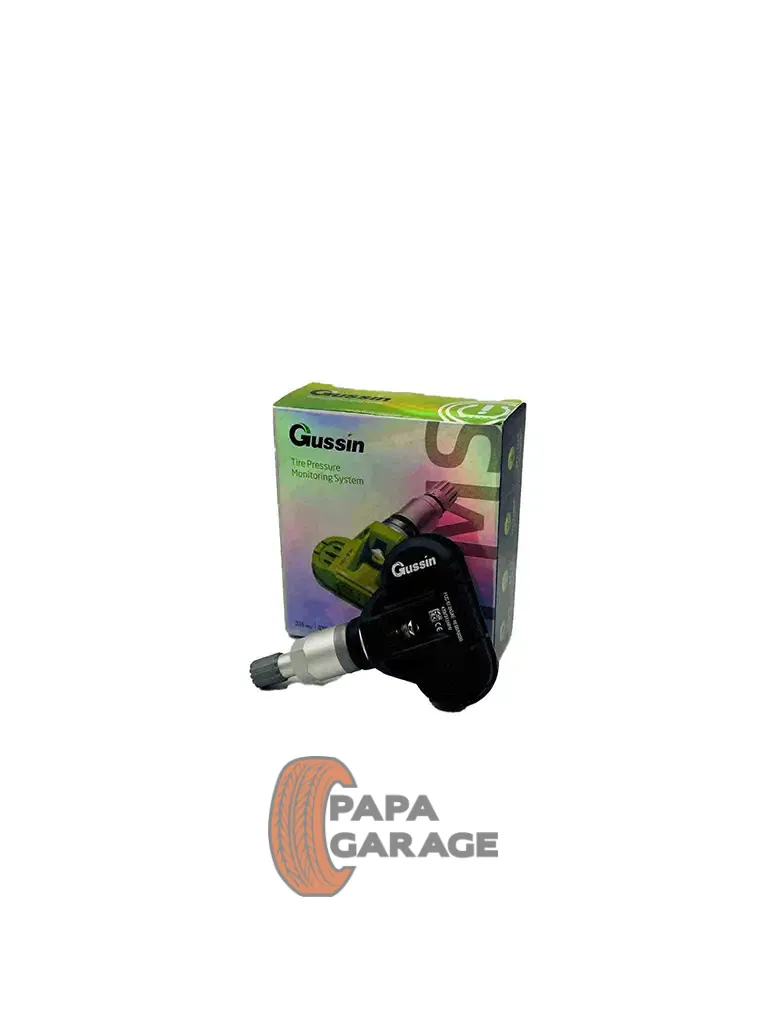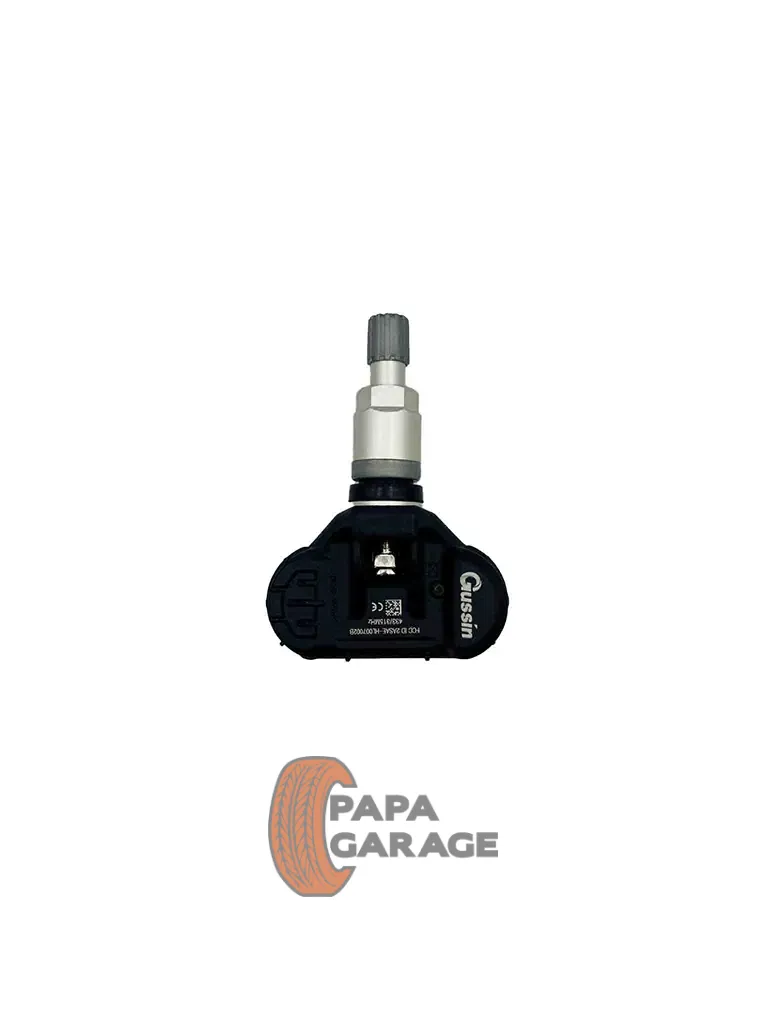Tire pressure sensor (TPMS) programming
Programming of tire pressure sensors
Our team provides tire pressure sensor (TPMS) programming services. We also have on sale universal pressure sensors that can be used simultaneously on both cars for the European and American markets, at frequencies of 315 MHz and 433 MHz. In modern cars, tire pressure sensors (TPS) are an important component of the safety and efficiency system. Their main task is to measure tire pressure and temperature and transmit this information to the car's computer system. Programming tire pressure sensors plays an important role in ensuring these devices work properly and helps drivers maintain optimal tire pressure and temperature for a safe and comfortable ride.
Pressure sensors are currently used in many cars, individual manufacturers do not require a special replacement procedure, sensor programming, it is enough to install the sensor inside the wheel and start driving, while all systems are calibrated automatically. Other manufacturers have provided special service procedures for replacing and programming sensors, linking them to the car's control unit. It is impossible to replace pressure sensors in such cars without special equipment.
Why do you need a pressure sensor?
Tire pressure sensors are important components of modern cars, they help to detect loss of pressure in the wheels. When the tire pressure drops below a certain level, the sensor notifies the driver by turning on an alarm on the instrument panel or by allowing the pressure to be monitored through the Tire Pressure Monitoring System (TPMS). This allows drivers to detect problems with tire pressure in time and take appropriate measures to avoid emergency situations associated with loss of control over the car.
Also, it should be remembered that the consequence of insufficient tire pressure is the car's consumption of up to 1 liter more fuel for every 100 km of travel, as well as uneven tire wear. Tire pressure sensors help drivers maintain optimal tire pressure, which helps reduce fuel consumption and save money on fuel.
Along with this, tire pressure monitoring with the help of sensors allows drivers to monitor the condition of the tires directly from the car cabin. This is convenient because the driver does not need to measure the pressure manually or stop at a gas station or service.
In addition, as a rule, the correct tire pressure provided by the car manufacturer makes driving as comfortable as possible, the suspension works correctly, dynamic stabilization systems and ABS also function optimally, thus ensuring maximum safety.
Types of pressure sensors
There are several types of pressure sensors used to monitor tire pressure:
- Direct pressure sensors: These sensors are located inside each tire and directly measure the pressure inside the tire. They have their own batteries or use power cells powered by the vehicle's system. Direct sensors transmit pressure information directly to the vehicle's instrument panel via radio signals or wires. This type of sensor provides accurate data on the pressure in each wheel and can provide additional information such as tire temperature.
Also, such sensors can be further divided into 3 subspecies, namely:
- Caps – These external sensors are mounted on the tire valve/nipple. They are easy to install and replace. Such sensors usually use a special sensor that measures pressure and transmits data to the central unit using Bluetooth or another protocol.
- Microchips: These internal sensors are mounted inside the tire. The peculiarity of this system is that it calculates and does not measure the pressure value. This can lead to inaccuracies in indicators, especially when driving over bumps. The use of microchips is also limited by their high cost, which makes them not very common.
- Sensors installed on the disk: This option also includes mounting inside the tire. They are well protected against theft and external atmospheric influences. However, installation of such sensors is more difficult compared to other types.
- Indirect pressure sensors (software): These sensors are not located directly in the tires, but collect pressure data from anti-lock braking system (ABS) sensors or wheel rotation sensors. They determine the pressure deviation by comparing the rotation speed of each wheel. If one wheel spins faster or slower than the others, this may indicate low tire pressure. Indirect pressure sensors are less complicated to install because they do not require additional equipment inside the tire, but their accuracy may be lower compared to direct sensors.
Each of these types of sensors has its advantages and disadvantages, and the choice depends on the specific needs of the car manufacturer and owner. Both types of tire pressure gauges are used to ensure vehicle safety and efficiency, and to display pressure information on the instrument panel or tire pressure monitoring system.
Conclusion
Programming wheel pressure sensors is a necessary element of modern car systems, which contributes to the safety, comfort and economy of car operation. It is important to follow the vehicle and tire manufacturers' recommendations for TPMS programming and maintenance to ensure optimal system performance and road safety.
You can buy pressure sensors for any car from us
-

 Add to cartQuick View
Add to cartQuick View -

 Add to cartQuick View
Add to cartQuick View
